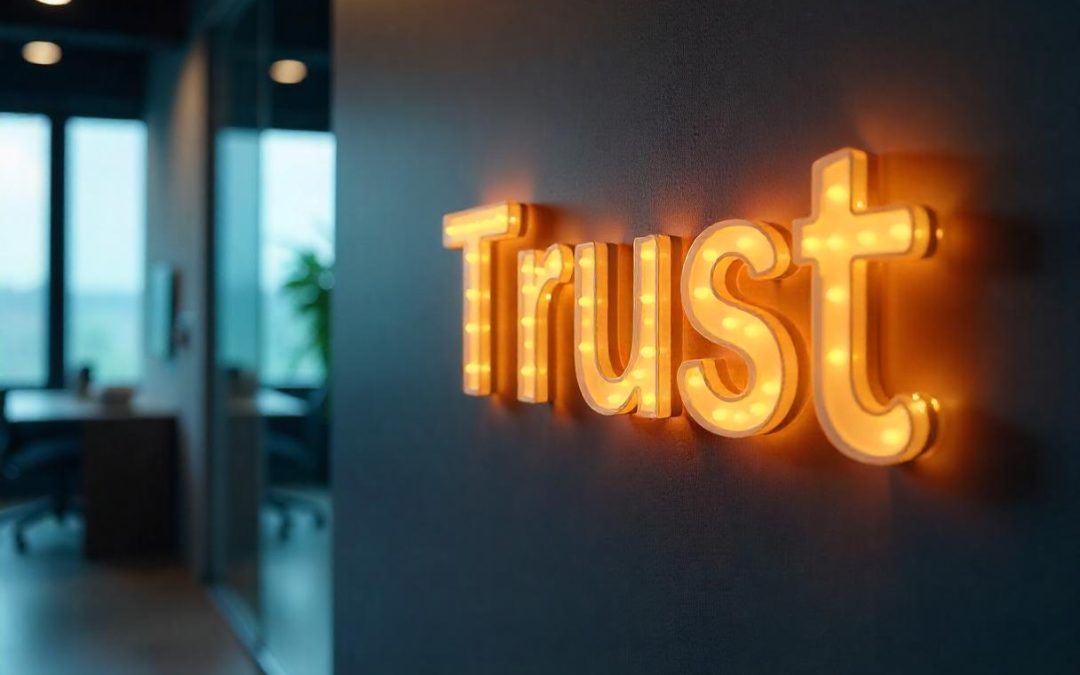A logo is not only a design, but a psychological tool. Studies in branding and consumer behavior suggest that a good logo can have an immediate impact on trust and credibility. How?
How Trust Works and Logos
Humans process visual information 60,000 times faster than text. The human brain makes a split-second judgment based on color, shape, and typography. A logo, if aligned with psychological principles, can create emotion, establish familiarity, and even build subconscious trust.
For example, there is color psychology: blue reliability, as of Facebook and LinkedIn; green equals health and sustainability. Fonts do, too—the bold, clean typography suggests that a brand or website is strong, while a cursive or handwritten style would add a more personal touch.
Familiarity and consistency
Trust grows when a brand consistently presents its logo across multiple platforms. This repetition fosters brand recall, making people more likely to engage with a business they recognize. The mere exposure effect, a psychological phenomenon, states that repeated exposure to something increases our liking for it.
The Takeaway
A logo can’t be a substitute for good service, but it lays down the groundwork for trust. A well-designed logo that has strategy behind it can create an immediate connection that determines how people think of your brand before you say a word.
If you’re building a brand, then the investment in a thoughtfully designed logo isn’t just about aesthetics; it’s about psychology, trust, and long-term credibility.
#BrandTrust #LogoDesign #PsychologyOfBranding #MarketingStrategy #BrandPerception

